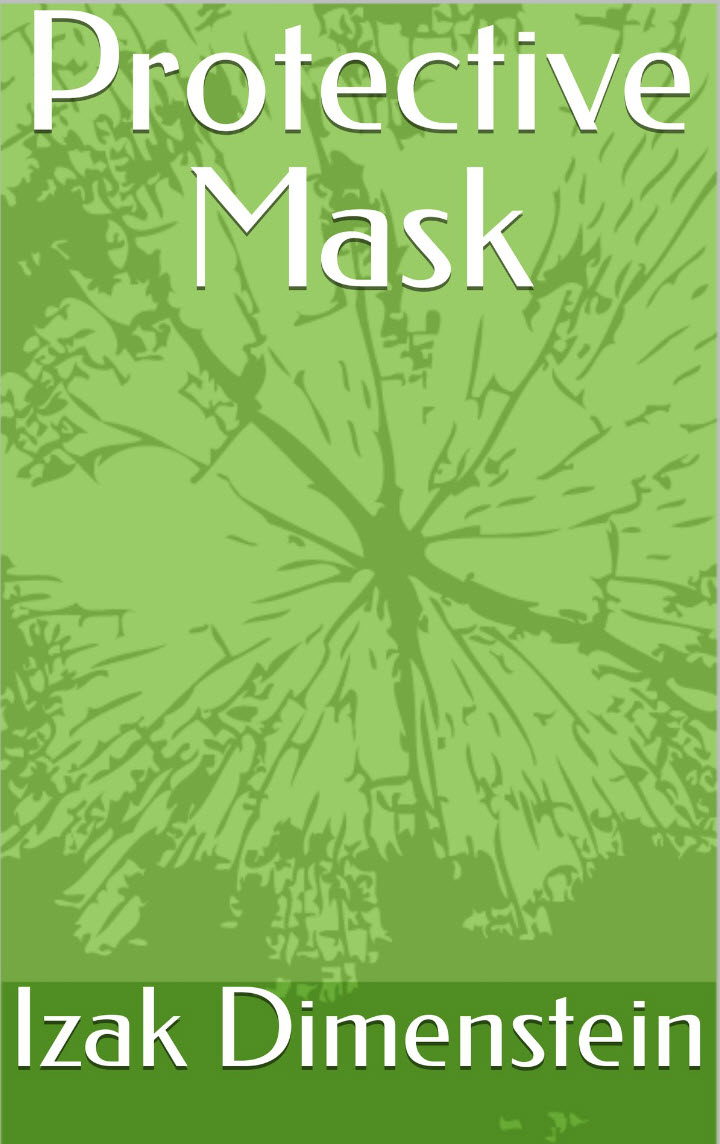Grossing technology has developed into a subspecialty in modern surgical pathology laboratory due to rising number of outpatient surgeries, especially the increasing biopsy specimens. Grossing has become broader than sampling (cut in). While all rules and recommendations of classic grossing techniques remain in place, the assembly line- like processing in surgical pathology laboratories requires a different type of work that considers the importance of the silent language of mutual understanding between the pathologist, the grossing person and the histotechnologist. With some local differences in practice, grossing technology includes three main components: specimen accession, grossing (sampling, cut in), and follow- up.
Accession
The large number of biopsies that arrive from different sources in mostly centralized surgical pathology laboratories requires special efforts to prevent specimen misidentification. These measures start upon receipt of the specimen and continue throughout the stages of processing, especially during accession. Advancements, such as bar- coding, gradually become a routine.
During accession, the specimen is triaged according to priority, preservation, ancillary studies, and effective workflow. It is essential to understand the variety of special methods which include, but are not limited to cytology, cytogenetics, molecular pathology, EM, IF, etc. This is the prerequisite for quality assurance, productivity and the turnaround time (TAT).
In surgical pathology laboratory, the surgical number is used for both filing and billing purposes. In many laboratories, the accession process is connected with billing through Current Procedural Terminology (CPT), which requires knowledge of the CPT coding practice.
Grossing itself (sampling, cut in)
Sampling is the “main course” in grossing technology. The grossing technologist’s responsibility is to prepare the specimen for histology processing to make the most diagnostic features of the specimen visible on the slide. The grossing technologist should ensure correct embedding of the specimen or its section. The knife and the ink are the main tools of communication between the grossing technologist, the histotechnologists, and eventually the pathologist. Other numerous responsibilities (description, fixation, etc.) must not obscure this main aim.
Follow- up
Many standard procedures, such as logging in the histology information in the computer, counting cassettes, comparing logs, etc., are time consuming and boring, but they help the grossing technologist to prevent many mistakes.
The embedding supervision, the correcting gross description and following the pathologist’s diagnoses help to maintain quality and improve performance. Often underestimated, embedding supervision prevents wrong specimen’s presentation on the micro slide, helps histotechs, and teaches the grossing person how to sample the specimen in best way. Occasional embedding some specimens by the grossing technologist ought to be a common practice.
Besides the three main components mentioned above, the grossing technology encompasses more aspects. The safety of the technologists, the co-workers, and the laboratory environment is important part of grossing technology. Maintaining proper condition of the instruments and equipment is also significant part of grossing technologist’s responsibility as well.
Understanding grossing technology details is necessary to ensure the quality of the initial stages of specimen processing in surgical pathology. Grossing technologist, as a subspecialty with broad range of responsibilities in the grossing room, is emerging in surgical pathology laboratory practice.
Grossing Technology. A Guide for Biopsies and Small Specimens book (Amazon. com) summarizes grossing technology issues in surgical pathology and research histology laboratories.
https://www.amazon.com/Grossing-Technology-Guide-Biopsies-specimens/dp/1725672316?SubscriptionId=AKIAJ2F6RDUSIYCWQMFQ&tag=sa-b2c-new-20&linkCode=xm2&camp=2025&creative=165953&creativeASIN=1725672316
Table of Contents
Preface
Grossing technology concept ……………………………………………………………………………… 8
Specimen accession ………………………………………………………………………… ……………….. 15
Identification ……………………………………………………………………………………………………. 15
Triage …………………………………………………………………………………………………… ………….18
Specimen preservation ………………………………………………………………………………………. 22
Preservation methods ……………………………………………………………………………………….. 22
Fixation …………………………………………………………………………………………………………… 26
Fixation hardening ……………………………………………………………………………………………. 27
Requirements to fixatives…………………………………………………………………………………….30
Formaldehyde ……………………………………………………………………………………………………32
Other fixatives …………………………………………………………………………………………………..34
Grossing (sampling, cut- in) techniques …………………………………………… ………………..38
Submission ………………………………………………………………………………………………………39
Inking ……………………………………………………………………………………………………………..49
Section technique …………………………………………………………………………………………. …51
Orientation …………………………………………………………………………………………………….. 55
Documentation …………………………………………………………………………………………….. ..58
Special part
General overview of biopsy specimens…………………………………………………………….. 62
Selected biopsy specimens ……………………………………………………………………………… 66
Gynecology ……………………………………………………………………………………………….……67
Gastroenterology ……………………………………………………………………………………….. …74
Urinary bladder ……………………………………………………………………………………………. 79
Temporal artery ……………………………………………………………………………………….. ….79
Dermatopathology ………………………………………………………………………… ……………..80
Shave biopsy ……………………………………………………………………………………………….. 83
Punch biopsy ……………………………………………………………………………………………… 87
Excision biopsy …………………………………………………………………………………………… 94
Miscellaneous skin specimens….……………………………………………………………. …… 103
Mohs surgery …………………………………………………………………………………………. …106
Alopecia biopsy ………………………………………………………………………………………….. 113
Needle biopsies …………………………………………………………………………… …………….120
Prostate biopsy …………………………………………………………………………………………. 120
Kidney biopsy ……………………………………………………………………………………………. 125
Bone marrow biopsy ……………………………………………………………………………………130
Breast biopsy …………………………………………………………………………………………….. 131
Lymph node biopsy ……………………………………………………………………………………..133
Transplant rejection biopsies ………………………………………………………………………..134
Selected “routine” specimens ………………………………………………………………………..135
Gallbladder …………………………………………………………………………………………………136
Placenta ……………………………………………………………………………………………………. 140
Aorta, heart valve ………………………………………………………………………………………. 145
Hemorrhoids ………………………………………………………………………………………………148
Prostate chips …………………………………………………………………………………………. ….149
Nerve biopsy ………………………………………………………………………………………………150
Muscle biopsy …………………………………………………………………………………………….152
Bones …………………………………………………………………………………………………………156
Techniques and instruments ………………………………………………………………………. 158
Selected bone specimens ……………………………………………………………………………. 163
Decalcification ………………………………………………………………………………………….. 167
Nails, Teeth, Gout……………………………………………………………………………………… 175
Gross only ……………………………………………………………………………………………….. 178
Cytopathology techniques and grossing technology ………………………………………182
Cell block ………………..………………………………………………………………………………..184
Occupational safety in the grossing room………………………………………………………190
Chemical safety ………………………………………………………………………………………….. 191
Spills and splashes ……………………………………………………………………………………….194
Biohazards…………………………………………………………………………………………………. 199
Personal protection equipment (PPE)………………………………………………………….. 200
Gross room setup…………………………………………………………………………………………209
Grossing station… ……………………………………………………………………………………… 209
Specimen storage…………………………………………………………………………………………211
Specimen disposal……………………………………………………………………………………….217
Grossing technology and digital pathology……………………………………………………. 219
Grossing technology and laboratory information system (LIS)……………………….. 223
CPT® coding in grossing technology…………………………………………………………….. 231
Regulatory compliance of grossing staff personnel…………………………………………..236
Addendums
Embedding-microtomy rationale……………………………………………………………………..244
A perspective on agar pre- embedding…………………………………………………………….. 248
Root Cause Analysis for floaters prevention…………………………………………………….. 256
Automation in grossing technology …………………………………………………………………268
Specialization of the grossing table in surgical pathology ………………………………….275
Heavy-Duty/Bone Grossing Table…………………………………………………………………..277
Biopsy and Small Specimens Grossing Station…………………………………………………279
From gross photography to gross digital pathology………………………………………….285
Afterword



